Best Timing for Roof Flashing Installation

Dry conditions ensure proper adhesion of flashing materials and reduce the risk of moisture-related issues.
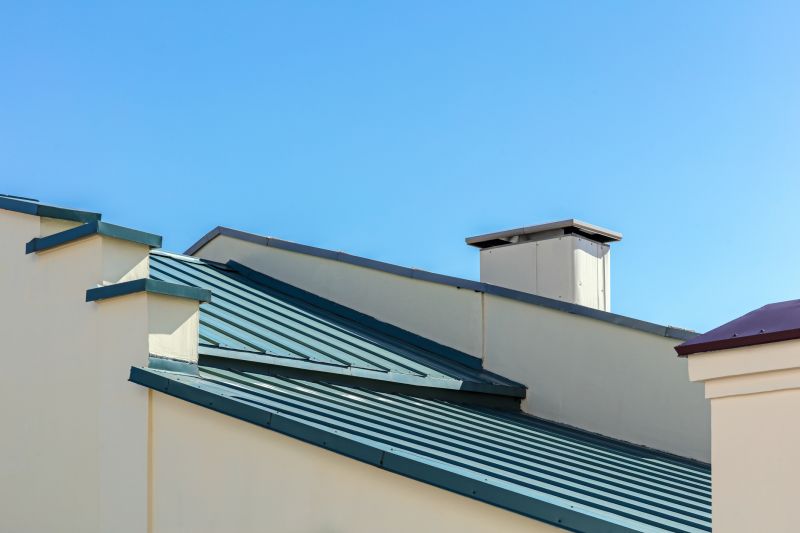
Spring and early fall are ideal for roof flashing installations due to moderate temperatures and lower precipitation.

Extreme heat can cause materials to warp, while freezing temperatures hinder proper sealing; thus, moderate weather is preferable.

Ways to make Roof Flashing Installations work in tight or awkward layouts.
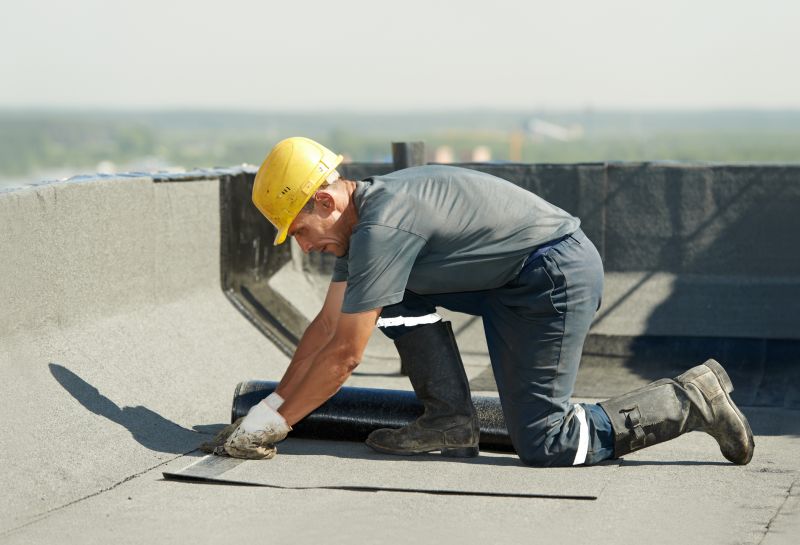
Popular materials for Roof Flashing Installations and why they hold up over time.

Simple add-ons that improve Roof Flashing Installations without blowing the budget.

High-end options that actually feel worth it for Roof Flashing Installations.
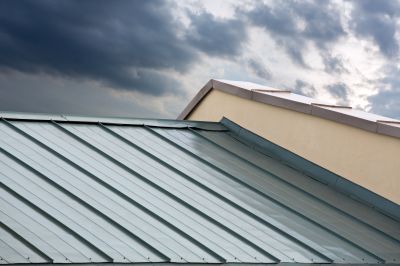
Finishes and colors that play nicely with Roof Flashing Installations.
Roof flashing is a critical component in preventing water intrusion and protecting the structural integrity of a building. Proper installation ensures that water is directed away from vulnerable areas such as chimneys, vents, and roof valleys. The effectiveness of flashing depends on weather conditions during installation, as well as material quality and installation techniques. Installing flashing during favorable weather conditions minimizes risks of leaks and future repairs.
Inclement weather can delay installation and compromise the quality of flashing seals.
High-quality materials withstand weather variations better, extending the lifespan of flashing.
Scheduling during milder seasons reduces the likelihood of weather-related issues and ensures proper sealing.
Proper site preparation and weather assessment are essential for successful flashing installation.
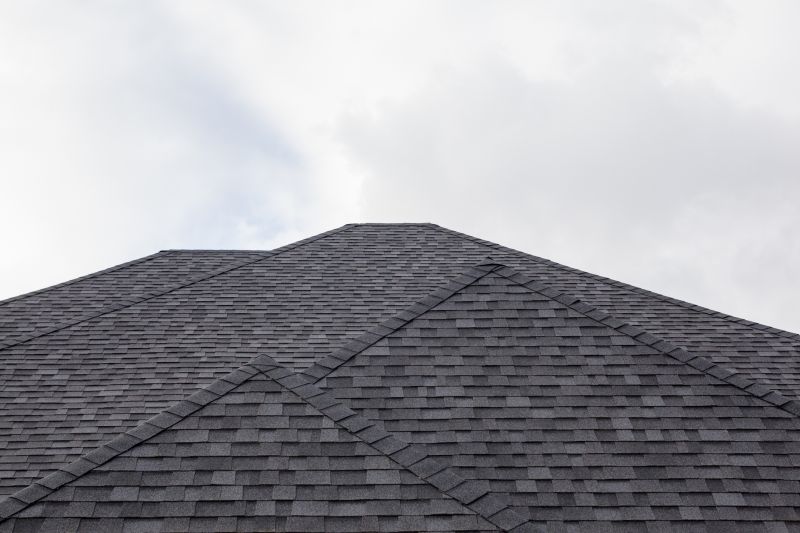
Spring offers moderate temperatures ideal for installation, reducing the risk of material warping.
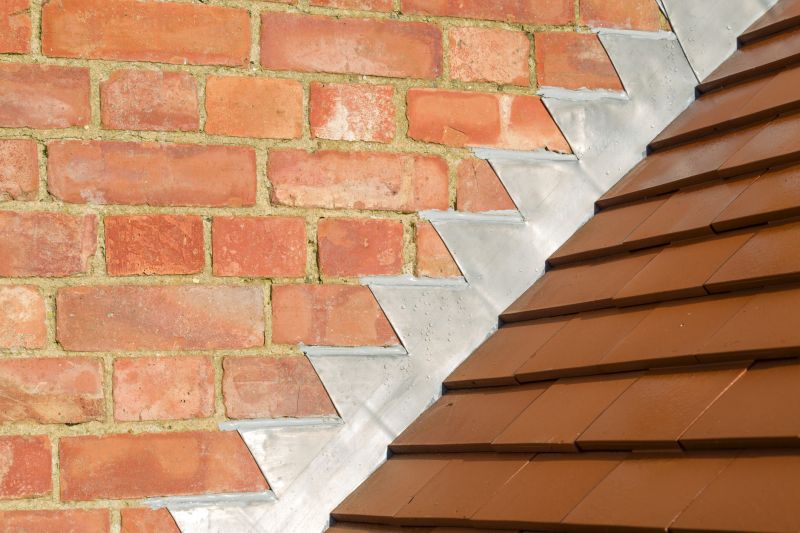
Summer can be suitable if temperatures are not excessively high, avoiding warping and sealing issues.
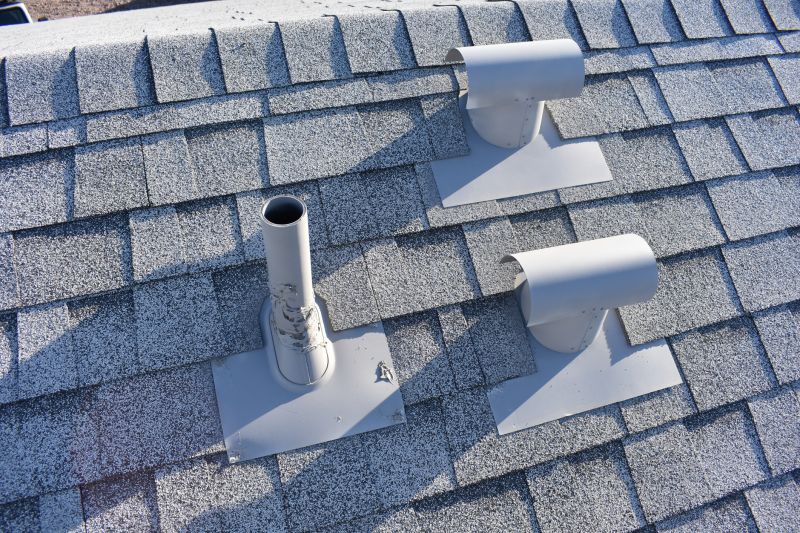
Early fall provides cooler weather, making it a preferred season for installation projects.
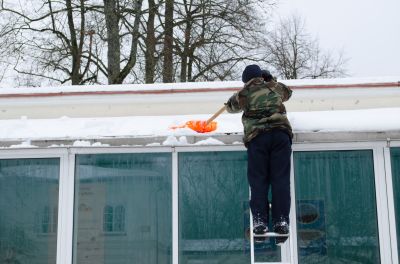
Winter is generally not recommended due to freezing temperatures and potential snow or ice interference.
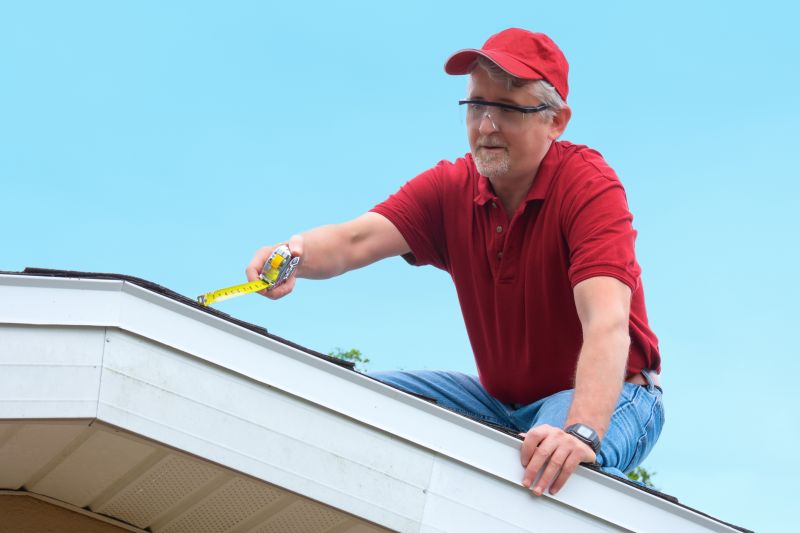
Little measurements that prevent headaches on Roof Flashing Installations day.

A 60-second routine that keeps Roof Flashing Installations looking new.
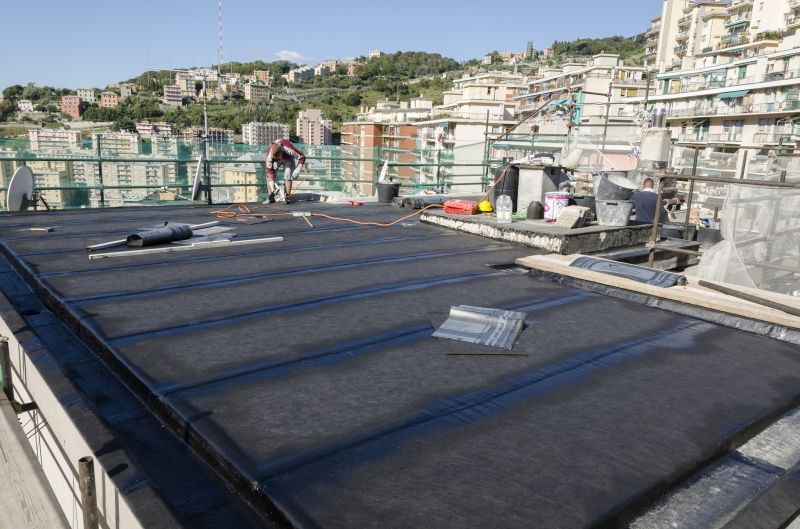
A frequent mistake in Roof Flashing Installations and how to dodge it.

Small tweaks to make Roof Flashing Installations safer and easier to use.
| Season | Weather Conditions |
|---|---|
| Spring | Moderate temperatures, less rain |
| Summer | Warm, dry days preferred |
| Fall | Cooler temperatures, dry weather |
| Winter | Freezing temperatures, snow, and ice |
Choosing the right time for roof flashing installation can significantly impact its longevity and effectiveness. Proper planning around seasonal weather patterns helps ensure materials are installed under optimal conditions, reducing the risk of leaks and damage. Professionals recommend scheduling during periods of moderate weather, avoiding extreme heat or cold, to achieve the best results.

Ensures optimal adhesion and sealing of flashing materials.

Materials may not seal properly, leading to potential leaks.
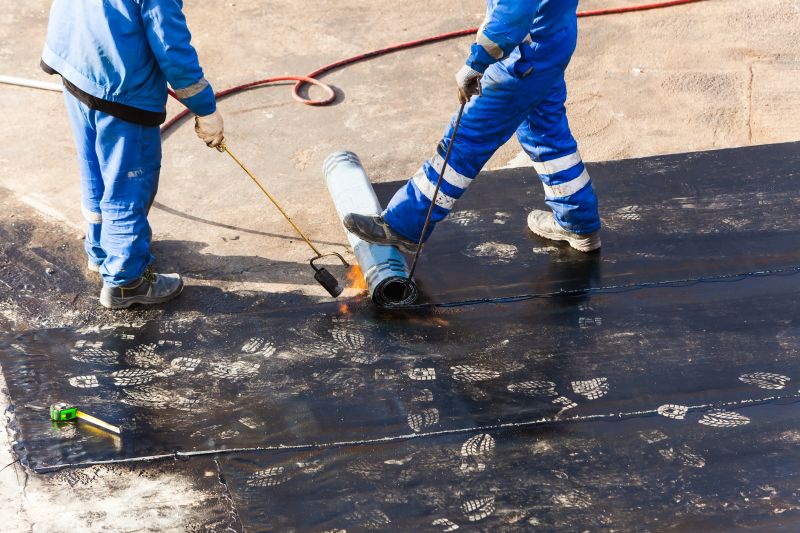
High temperatures can cause warping and improper sealing.
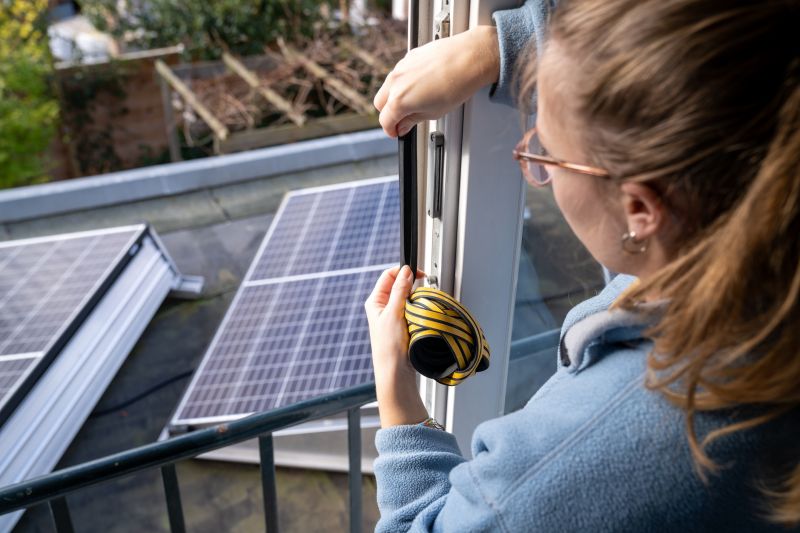
Coordinate with weather forecasts to choose the most suitable window.
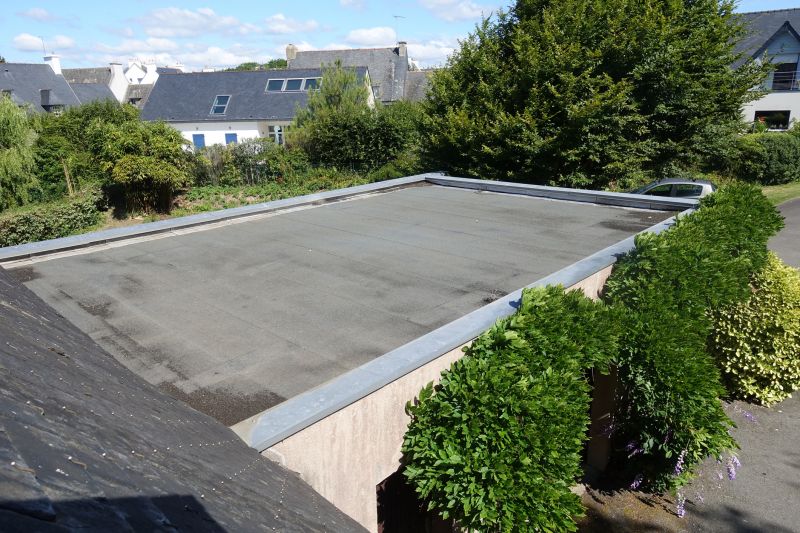
Lower-waste or water-saving choices for Roof Flashing Installations.
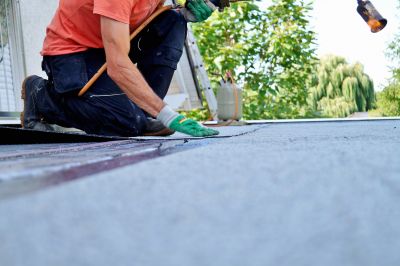
The short, realistic tool list for quality Roof Flashing Installations.
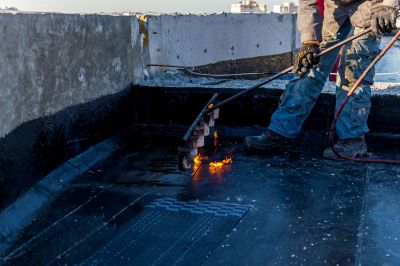
Rough timing from prep to clean-up for Roof Flashing Installations.

Quick checks and paperwork to keep after Roof Flashing Installations.
Proper timing and weather considerations are essential for effective roof flashing installation. Ensuring conditions are dry, moderate, and free of extreme temperatures helps maintain the integrity of the sealing process, ultimately extending the lifespan of the roofing system.
Experienced installers understand optimal timing and weather conditions.
Delays caused by bad weather can lead to increased costs and compromised quality.
Scheduling ahead and monitoring weather forecasts ensures timely work.
Interested parties should consider weather patterns and seasonal timing to maximize the benefits of roof flashing installations. Proper scheduling and preparation are key to achieving durable and effective results that protect the building from water intrusion.
